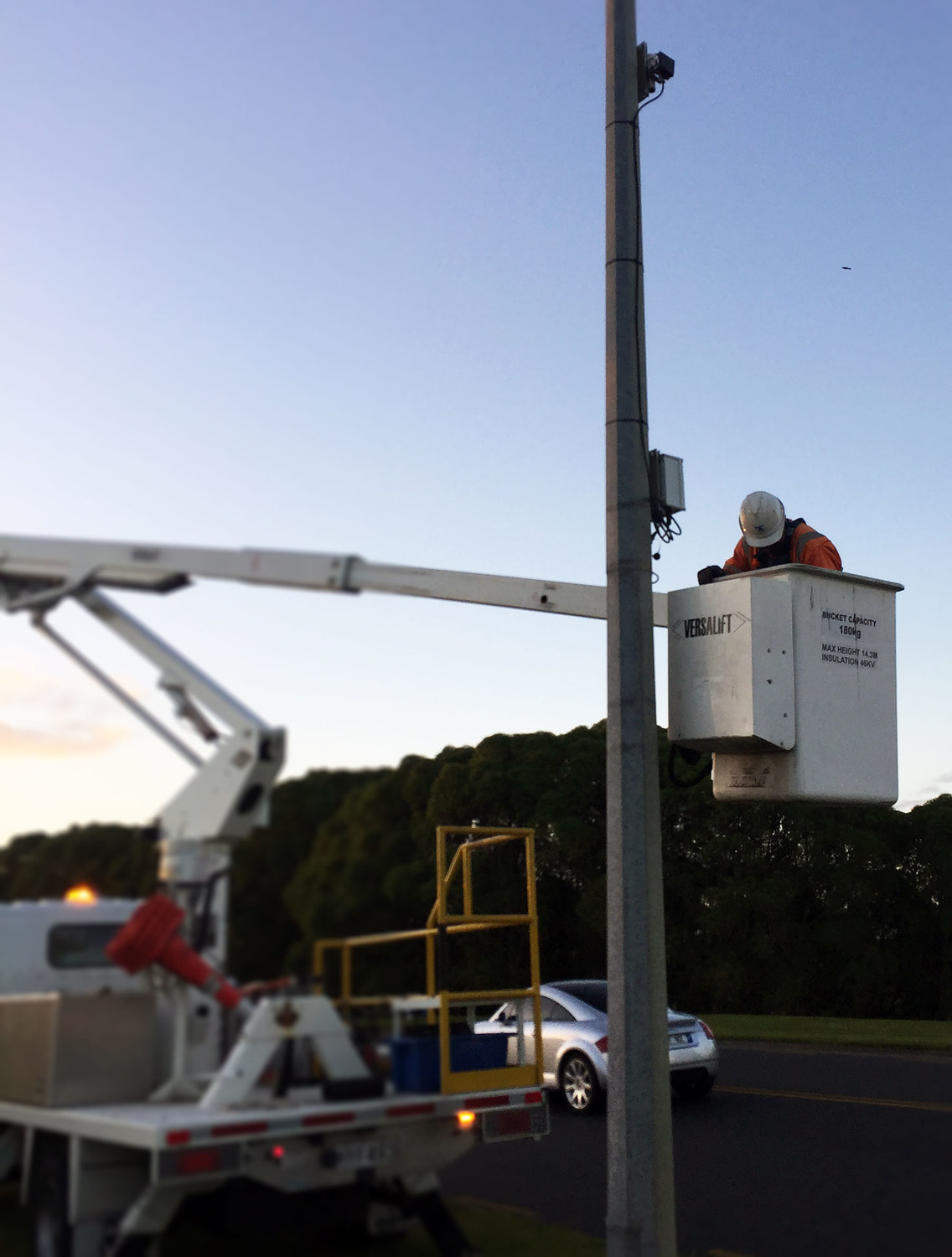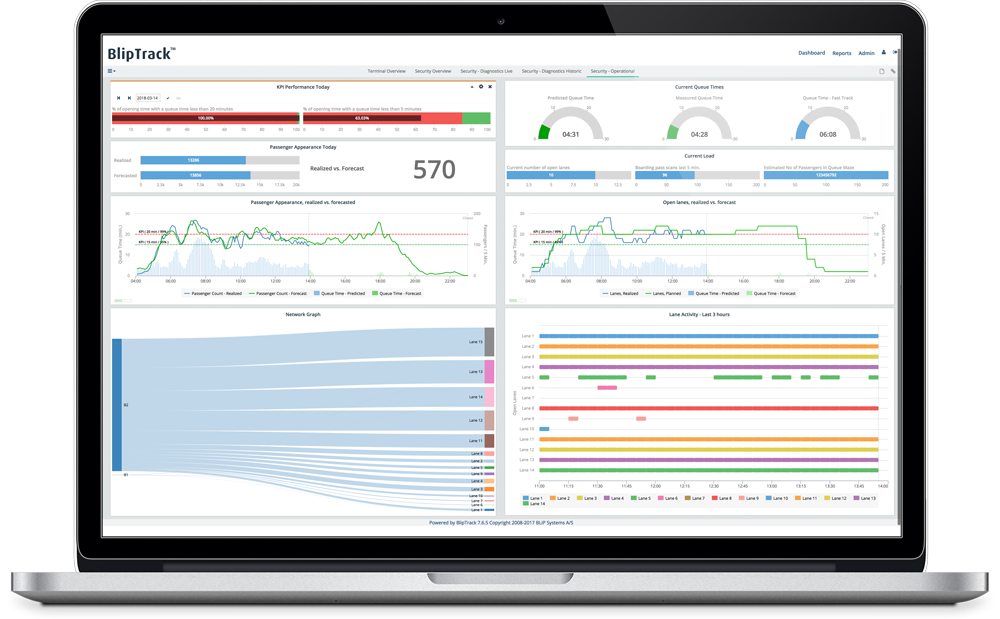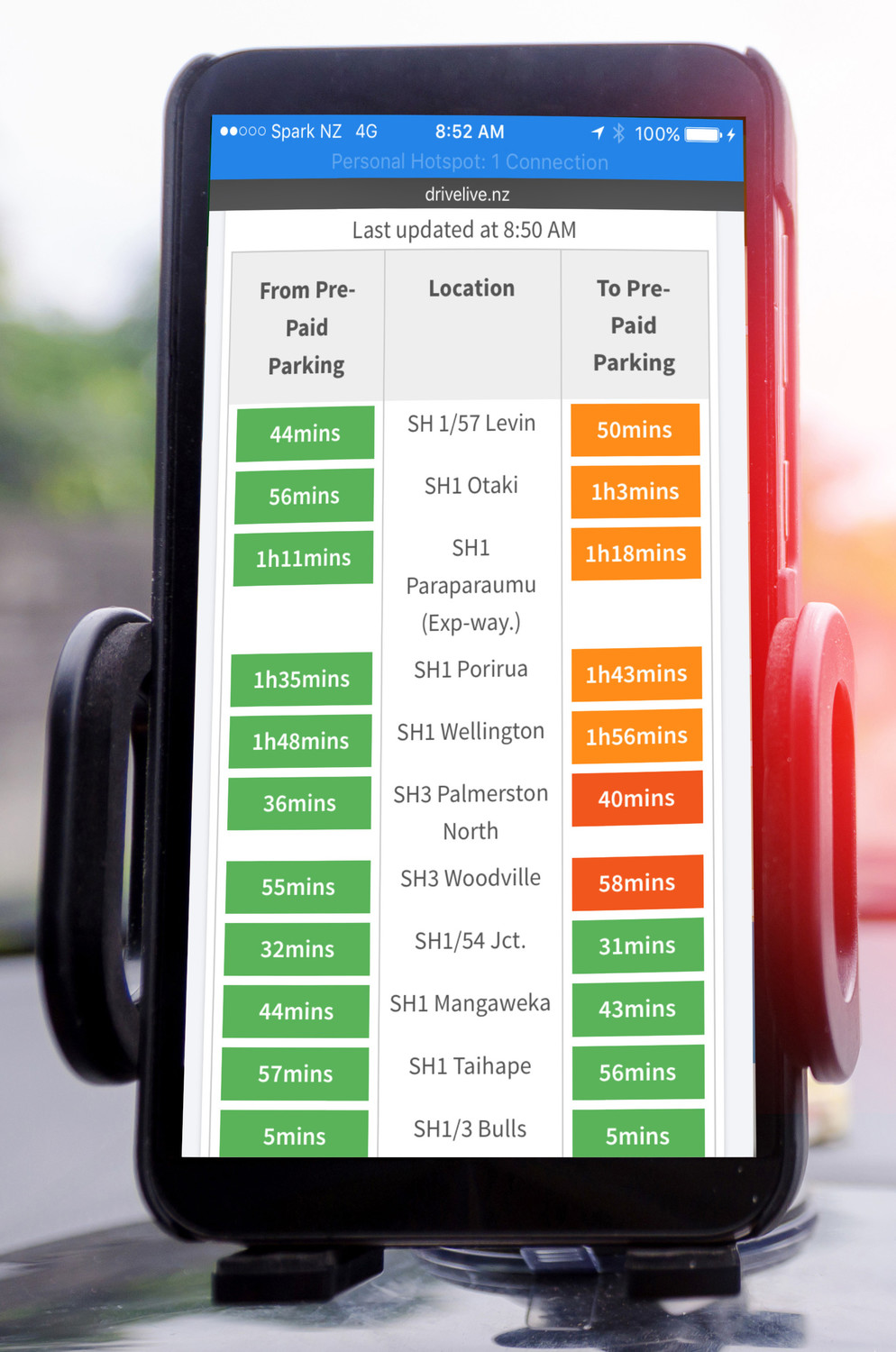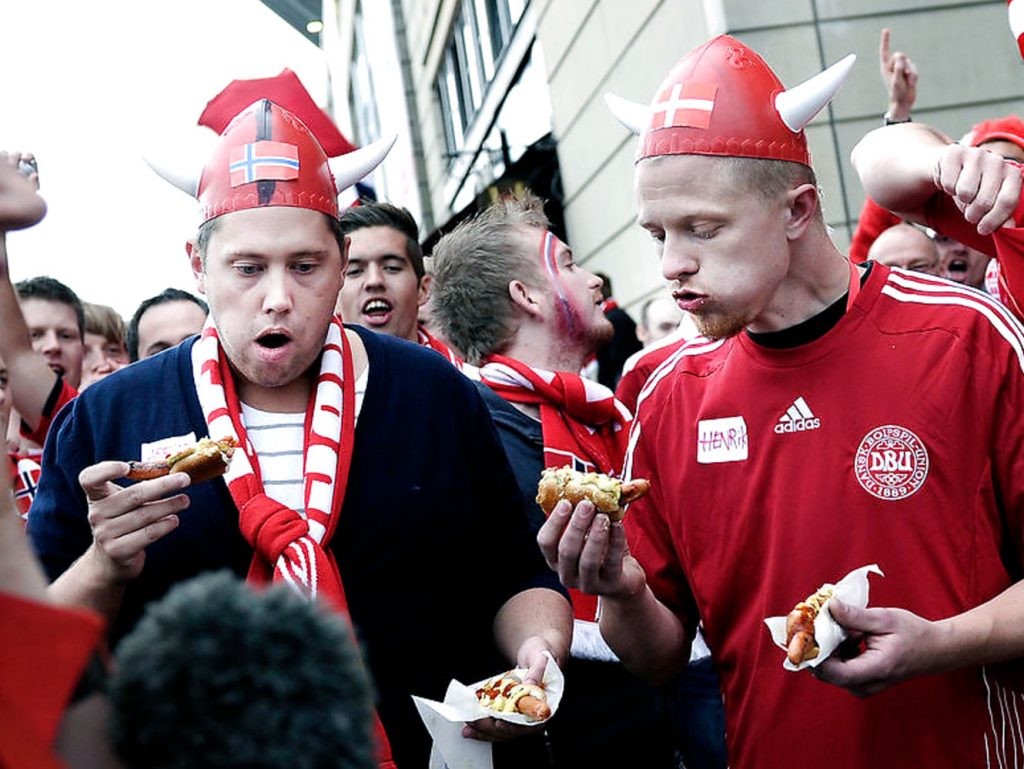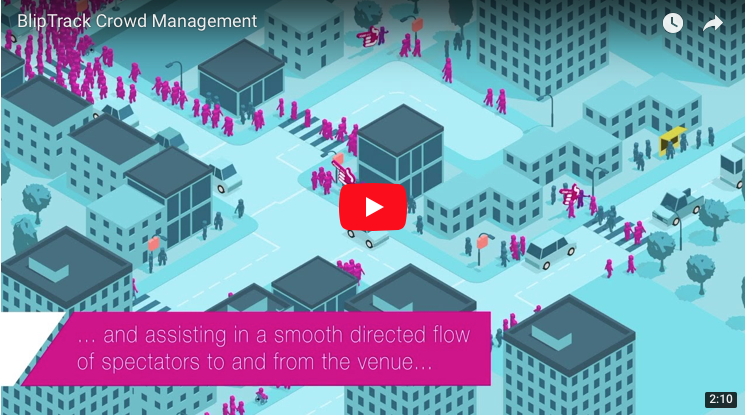- April 16, 2018
- Posted by: SportsV
- Categories: Case Studies, Event News, Featured Articles, Features, Home News, Industry News, News, Press Releases
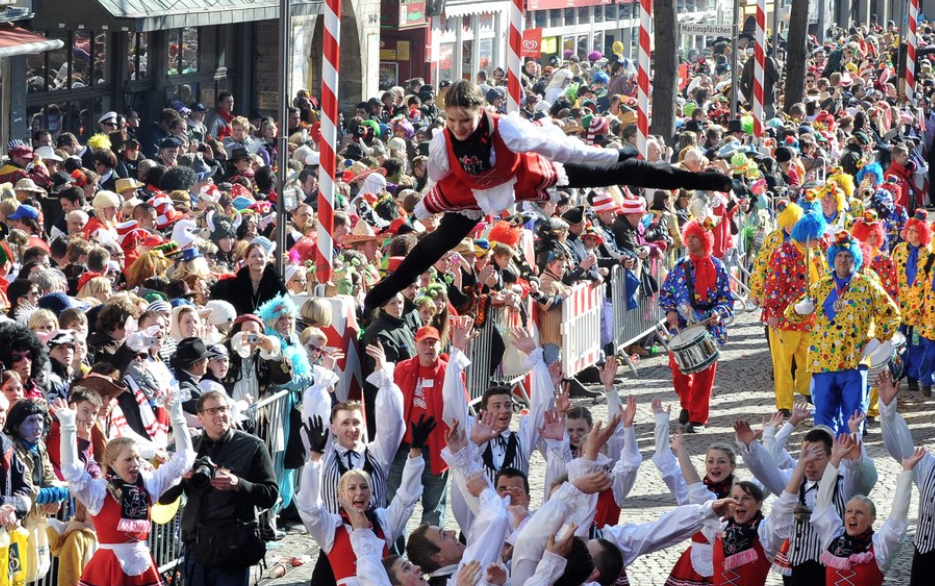
Christian Bugislaus Carstens outlines ten ways to run events more safely and efficiently using sensor technology and data-mining.
There’s nothing quite like a large public event, such as a football match or a concert, to draw thousands of people into one place. Of course, the more people you put in one place, the more uncertainty and unpredictability you have on your hands.
Managing crowd safety is of paramount importance. Imagine a scenario where the press of bodies leads to risks of physical safety, or where the sudden influx of people causes miles of traffic congestion around the event. Whether it is a sporting event, a festival, or a concert, organisers must keep the attendee’s journey on track and keep vehicle and foot traffic flowing smoothly to, from, and around the venue, to ensure the best possible safety.
Historically, this kind of management has been a combination of sifting through masses of historical data manually and making educated guesses and predictions. Fortunately, advances in crowd-management technologies, mean that event organisers can now make better decisions, based on accurate, real-time information gathered from on-the-ground live measurements and data analysis solutions.
It helps managers get the full overview of their operation, to understand better, plan, optimise and improve the movement of people and traffic in and around an event.
Here are some tips:
1. Plan, plan and plan
Benjamin Franklin is often credited with the saying: “When you fail to plan, you plan to fail.” Planning ahead and taking all necessary precautions is a critical piece of the puzzle when it comes to preventing accidents and alleviating harmful situations. Nowadays, many event managers rely on manual spreadsheets with generic input to forecast capacity and plan staffing resources, without taking unexpected events, such as changes in road traffic, transportation delays, weather changes or other operational obstacles into account. This is a thing of the past; the future is here with intelligent crowd management solutions, and it will now be even easier to plan ahead.
2. Managing traffic the easy way
If you have ever been stuck in a traffic jam caused by a major event, you will know why it is necessary to manage the extra traffic before and after the event. By combining real-time measurements, using sensor technology, with tools such as event calendars, ticketing systems and public transportation systems, road networks can be proactively managed. Operators can initiate countermeasures, such as adjusting traffic light settings or dispatching traffic regulators, to reduce traffic build-up.
3. Live queue and travel times ease people’s minds
Drivers and attendees, in and around the event, can be informed about live travel and queue times, delays, and alternative routes on electronic signage and mobile applications. This helps them to make informed decisions and minimise frustration.
4. Managing both staffing and attendees
Managers can see, minute by minute, where the staff is needed, enabling them to re-arrange or deploy more personnel to entries/exits, food stalls, restrooms and more. Furthermore, attendees can be evenly distributed through way-finding and steward assistance to minimise bottlenecks.
5. Be prepared!
“With great power, comes great responsibility.” Or, to put it another way, with a great turnout of attendees, comes a great amount of responsibility. With a live and full overview of the event, managers can quickly raise the alarm in the event of an emergency, liaise with authorities, and efficiently control an evacuation, if necessary.
6. To the stalls, my friend!
Vendors and events do not make money from people stuck in interminable lines. With a well-distributed flow of people, waiting times will ultimately drop, increasing the likelihood of maximised revenue at food stalls, bars and other vendors at the event.
7. Post-event – What now?
After an event, people will typically rush to get home, creating hazardous bottlenecks and long waits. To keep people calm, waiting times from the venue parking lot exits can also be displayed on screens in the venue and on apps. It will again help people to make informed decisions, resulting in a more evenly distributed flow of people, allowing the venue to be emptied more safely and smoothly.
8. Coming home safer and faster
Immediately after the event, intelligent traffic management can be initiated with traffic regulators and traffic signalling, favouring pedestrians and public transportation, allowing the traffic to flow smoothly as well.
9. The ultimate evaluation
Not only can such solutions provide live data at the event, but all the collected data can be used to evaluate the overall performance and operation. Understanding the crowd dynamics and the use of models to replicate crowd flow is a valuable method for assessing how future events should operate.
It provides event managers with a cohesive picture of the attendee’s experiences, from the moment they arrive to exiting, and everywhere in between. By combing historical data with third-party data, such as the number of attendees and demographics, event significance and duration, performance quality and more, managers can gain an in-depth understanding of the impacts in future events.
Ultimately, attendees will enjoy a better and safer experience, while organisers and venue management keep legal issues at bay.
Case studies:
The use of crowd-sourced data and data mining, for optimising pedestrian flow in and around events, has already been trialled and used in several cases, including:
• Parken Football Stadium, Copenhagen, Denmark
• ICC Cricket World Cup, New Zealand
• FIFA U20 World Cup, New Zealand
• Tall Ships Races and Christmas Market, Aalborg, Denmark
• Asia-Pacific Ironman, Melbourne, Australia
This case study was written by Christian Bugislaus Carstens. He is responsible for marketing and branding of BlipTrack, a sensor-agnostic analysis platform. It provides airports, municipalities and other high-traffic facilities with holistic visibility of people and vehicular queue and flow. With all the necessary tools to plan, predict and automate operation, operators can optimise resources, improve mobility, maximise revenue and give guests a world-class experience.

